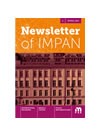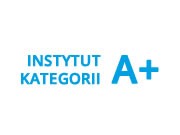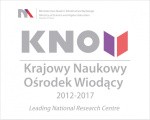On additive bases III
Volume 193 / 2020
Abstract
Let $G$ be an additive finite abelian group and $S$ a sequence over $G$. We say that $S$ is regular if for every proper subgroup $H\subset G$, $S$ contains at most $|H|-1$ terms from $H$. Let $\mathsf c_0(G)$ be the smallest integer $t$ such that every regular sequence $S$ over $G$ of length $|S|\ge t$ forms an additive basis of $G$, i.e., every element of $G$ can be expressed as a sum over a nonempty subsequence of $S$. Some related problems on $\mathsf c_0(G)$ have been studied by Mann and Olson around 1968. Answering a problem proposed by Olson, Peng determined $\mathsf c_0(G)$ for all elementary finite abelian groups in 1987. Recently, several authors have studied $\mathsf c_0(G)$ for general abelian groups, and so far the invariant $\mathsf c_0(G)$ has been determined for some finite abelian groups including the cyclic groups, the groups of even order, the groups of rank at least five, the groups of rank in $\{3, 4\}$ and with the smallest prime divisor of $|G|$ at least 11, and the $p$-groups of rank 2. In this paper, we shall determine $\mathsf c_0(G)$ for all groups such that the rank of $G$ is in $\{3, 4\}$, the smallest prime divisor of $|G|$ does not exceed 7 and $|G|\ge 3.72\times 10^7$.









